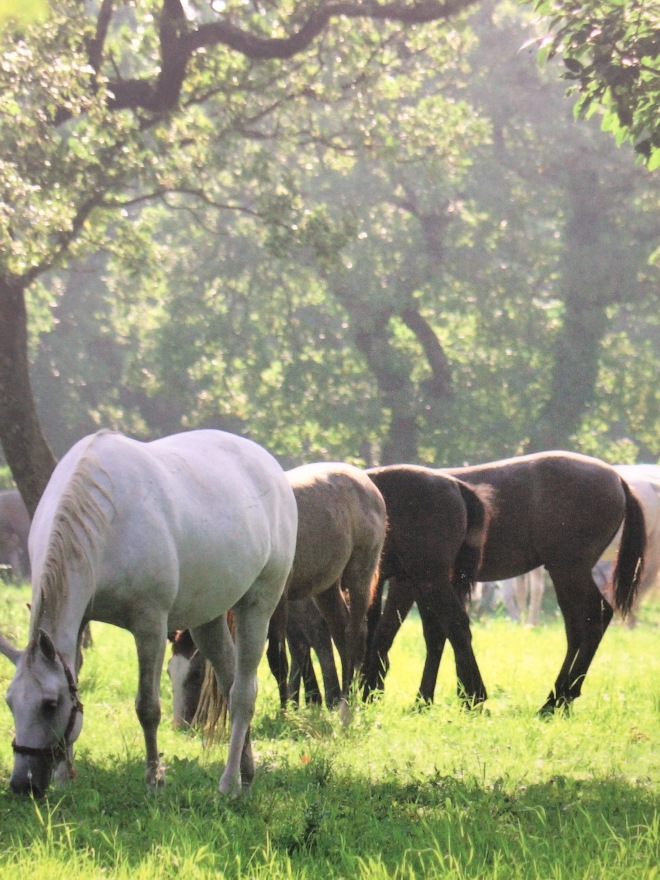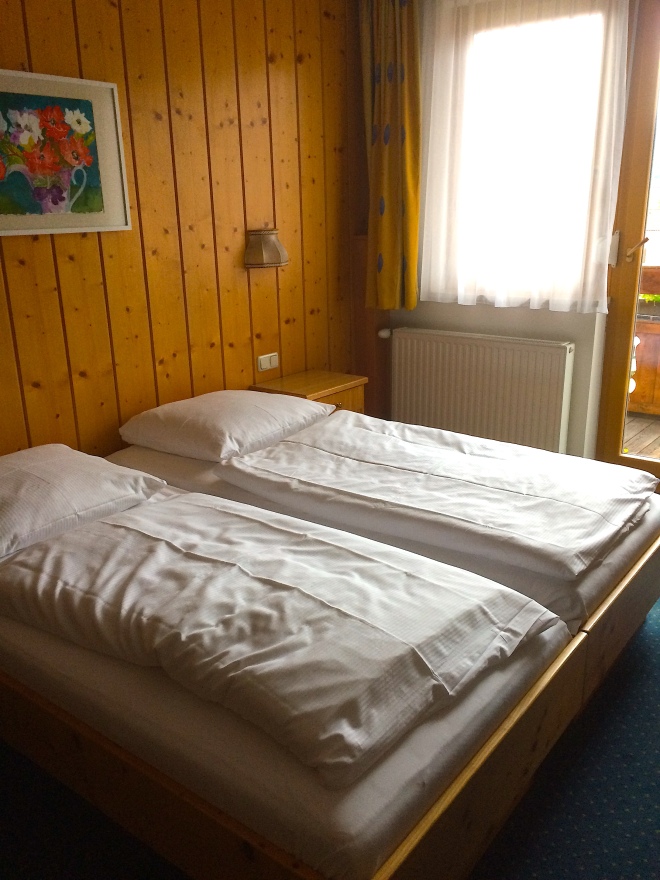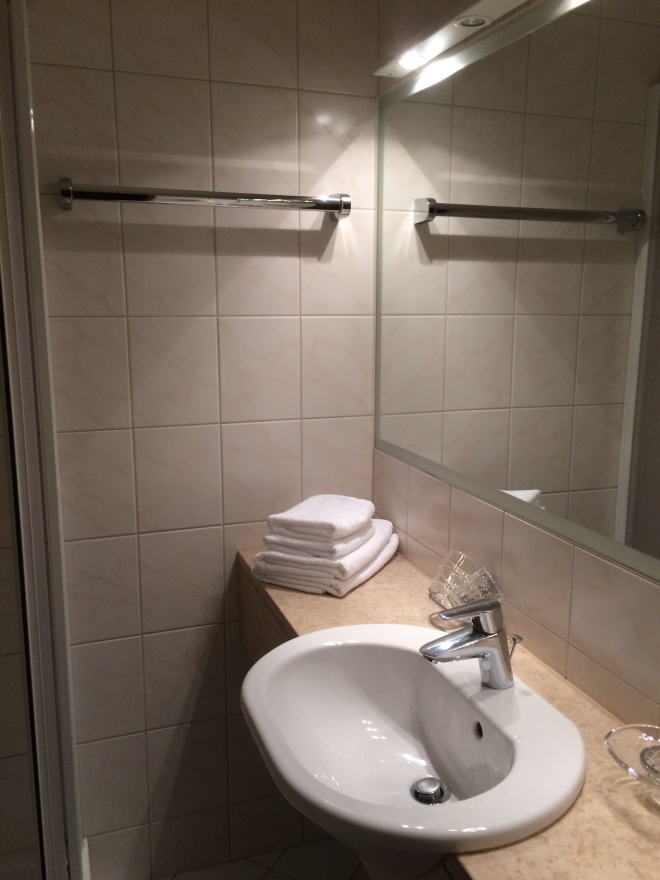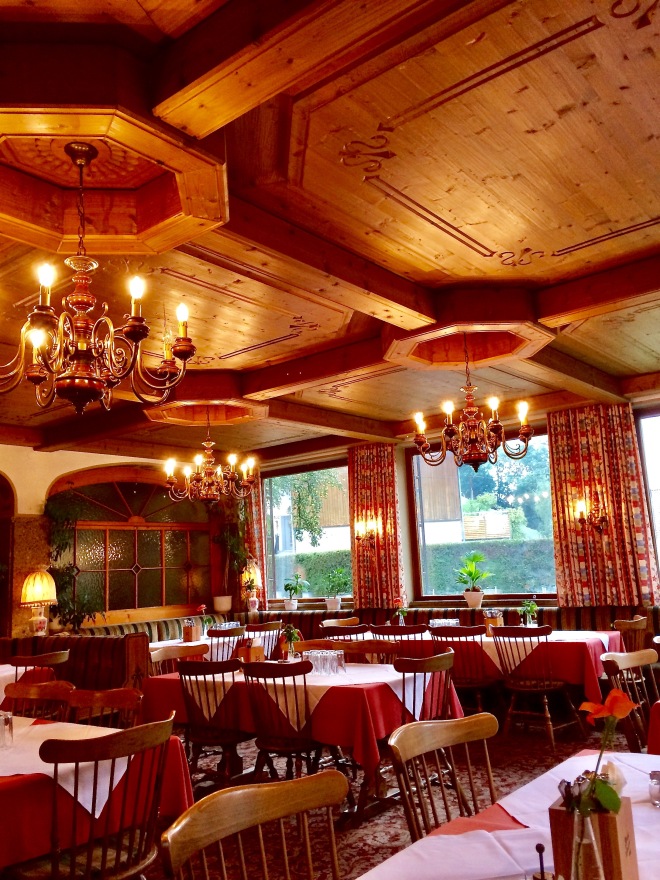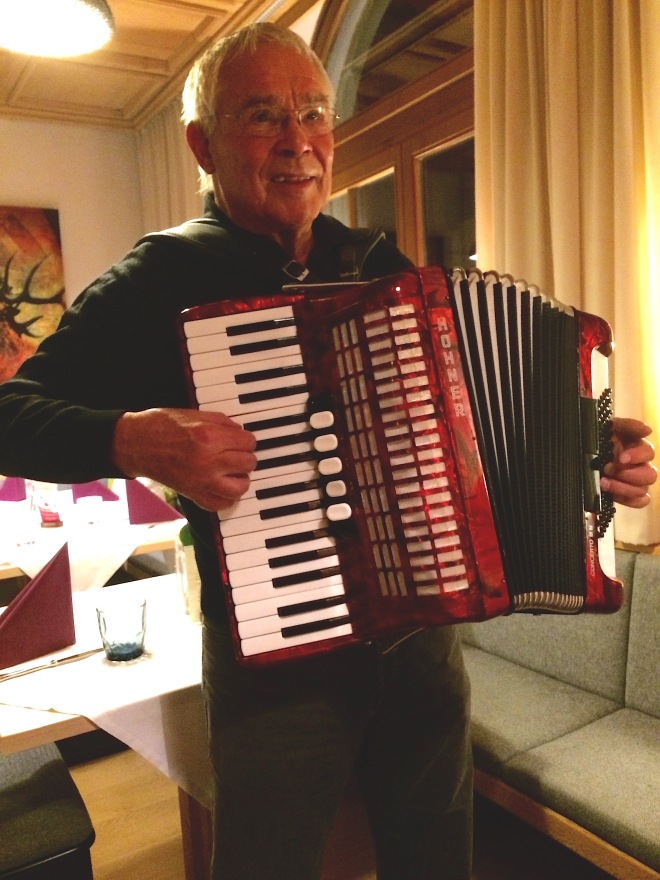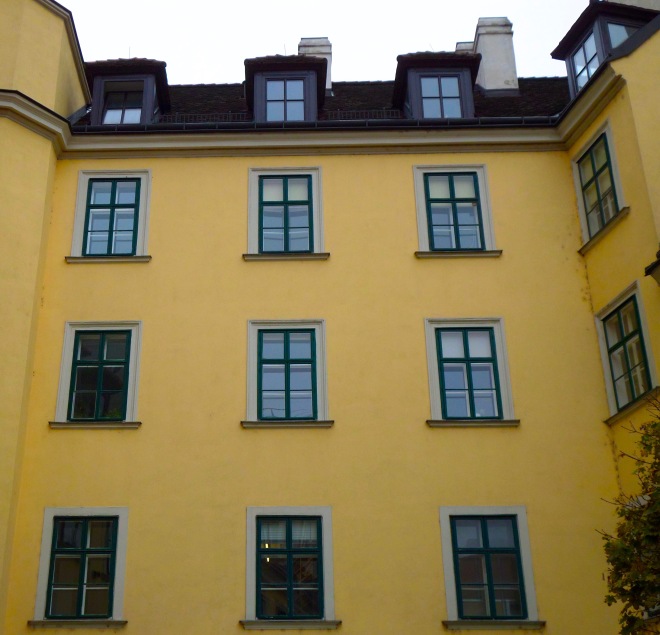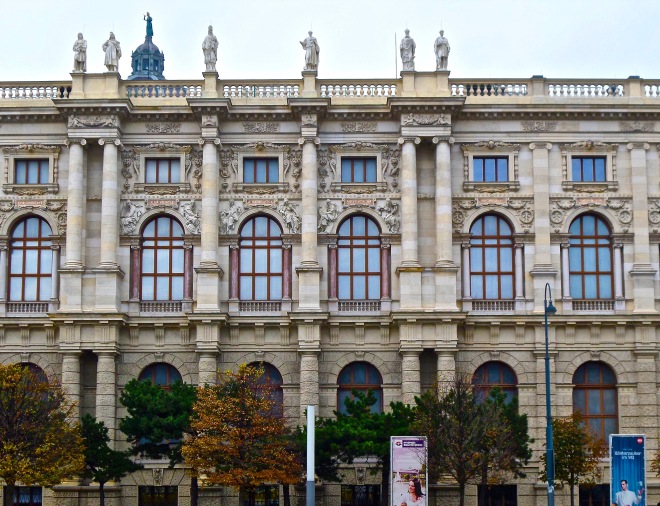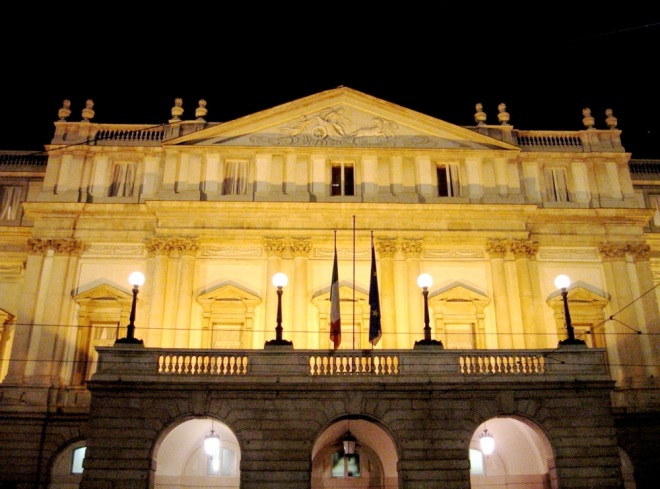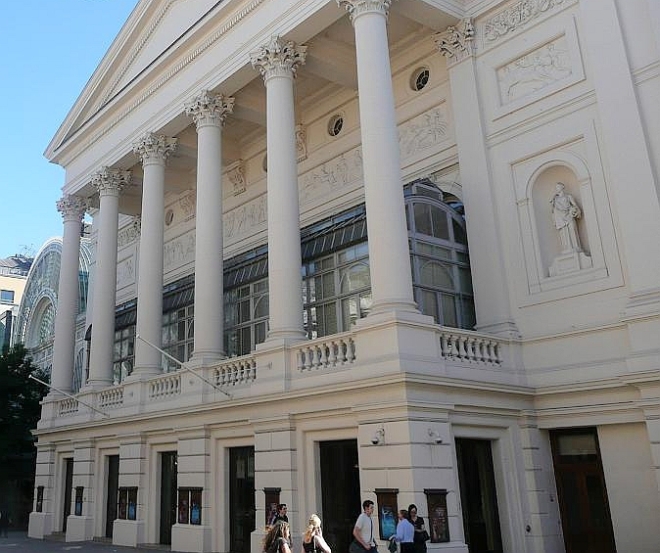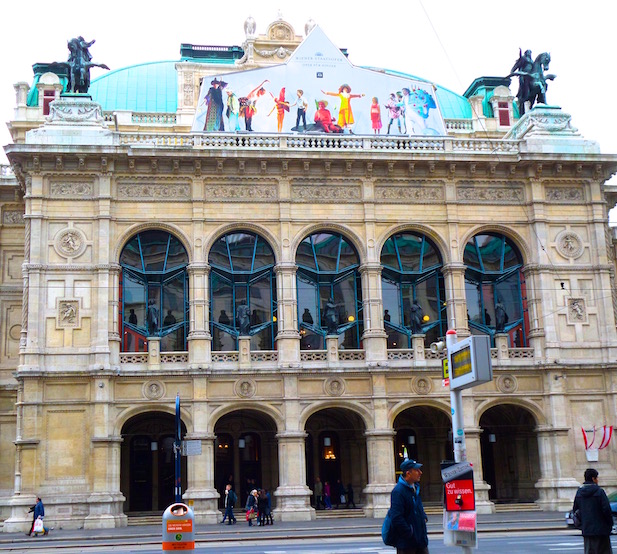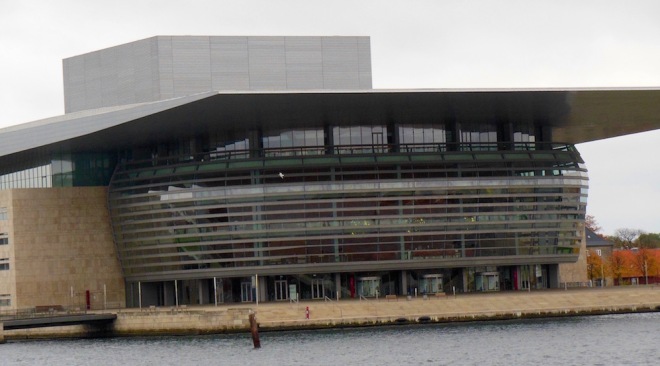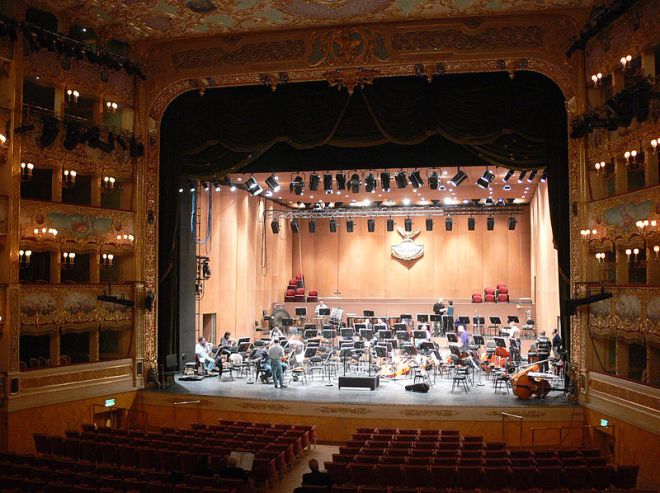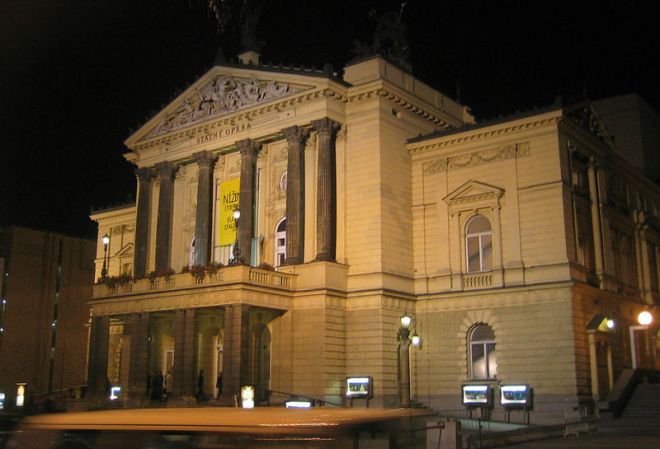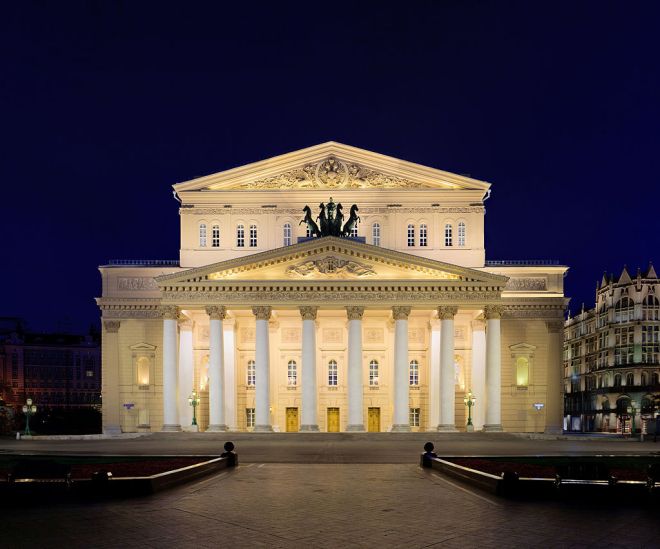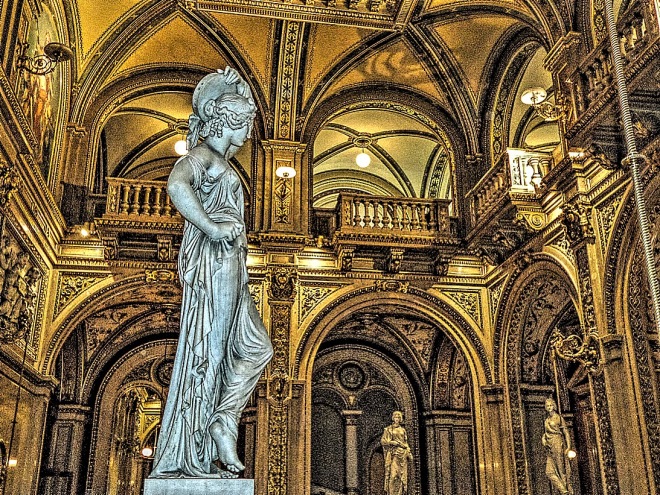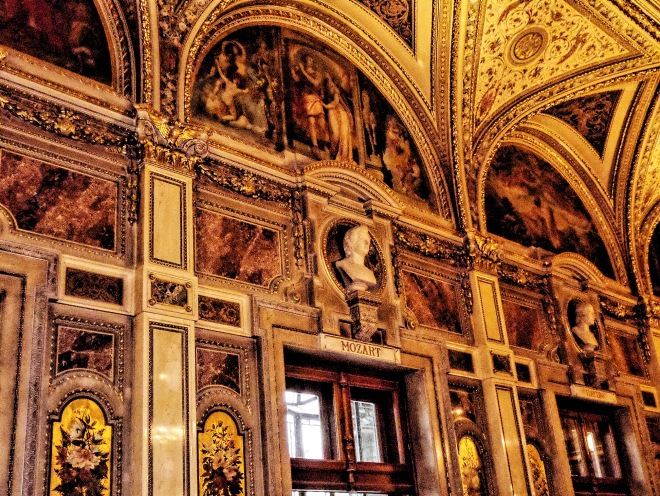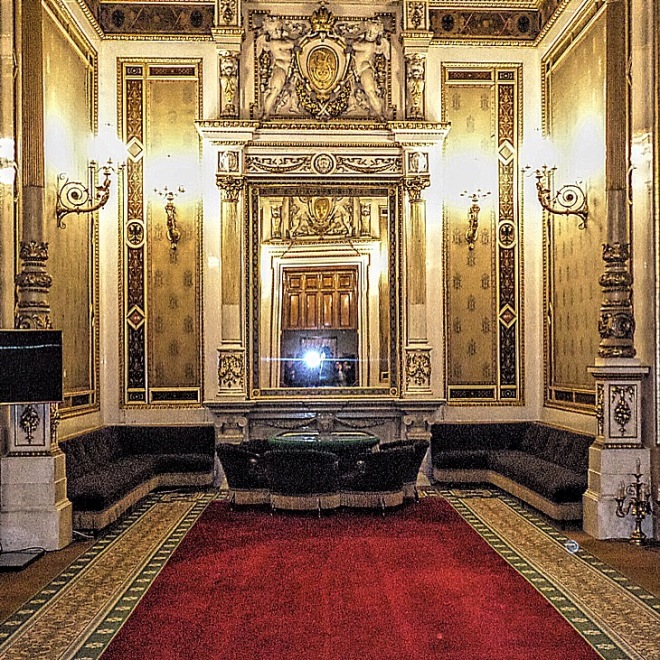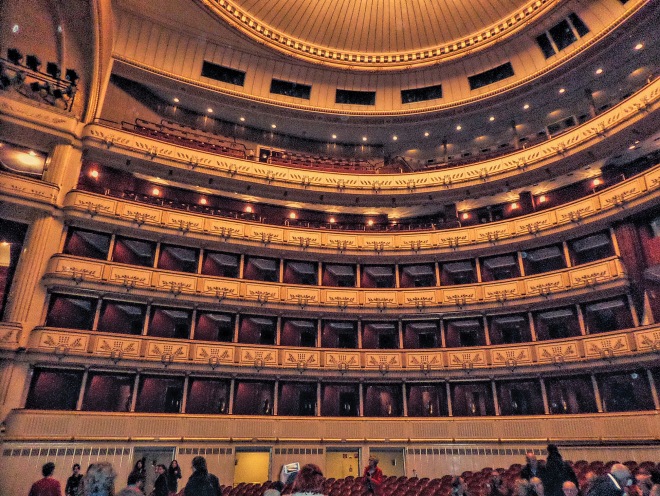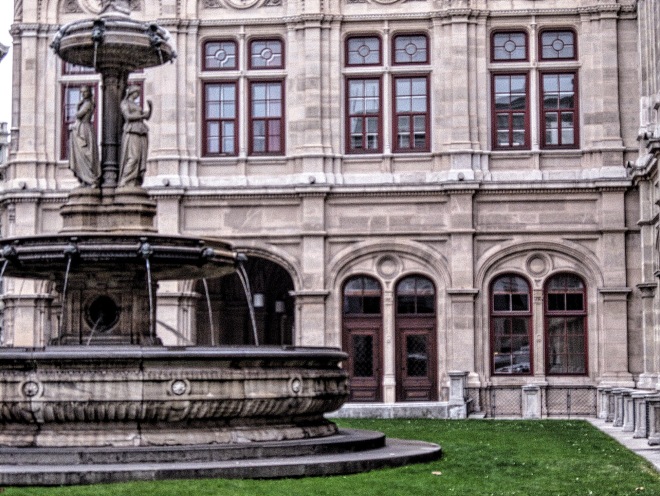If you’re looking for an extraordinary experience on a trip to Europe, make your way to the shores of the pristine Wolfgangsee lake, in the Austrian Alps.
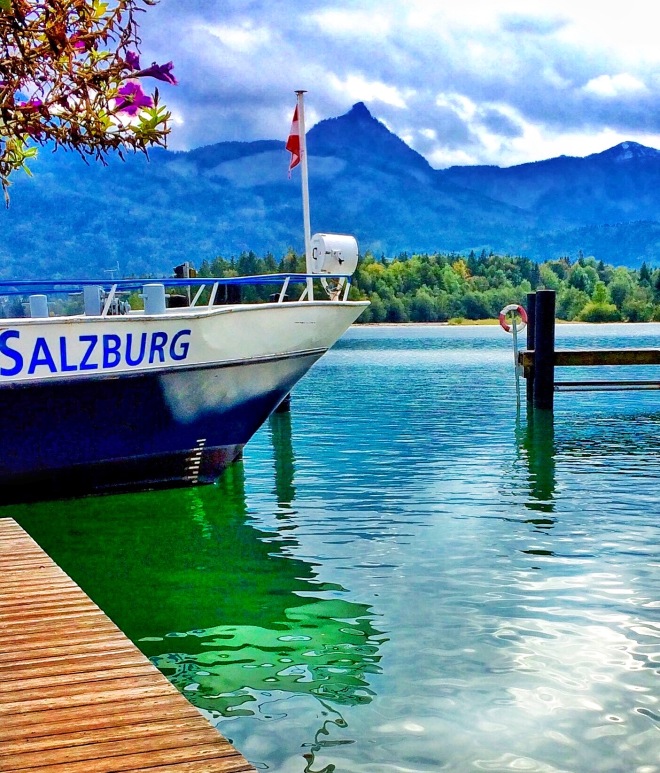
Overshadowing the picture-postcard alpine town of Sant Wolfgang am Wolfgangsee is Schafberg Mountain, a towering peak in the Salzkammergut Range.
Schafberg Mountain is rather special because, since 1893, it has been the site of one of the steepest steam-powered cog-railways anywhere in Europe.
Schafbergbahn railway carries visitors to the summit of the mountain 1,783 metres above the surrounding countryside.
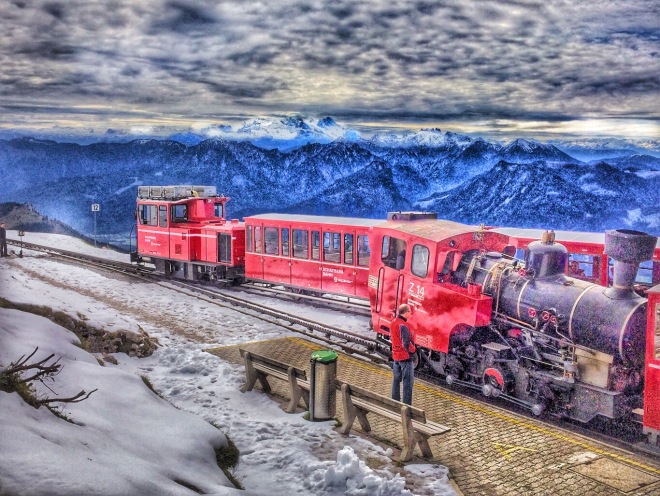
This is truly one of the world’s great travel experiences: memories of which will live with you forever.
The railway winds out of the quaint village; passes through the treeline; disappears into the clouds; and emerges in the snow zone.
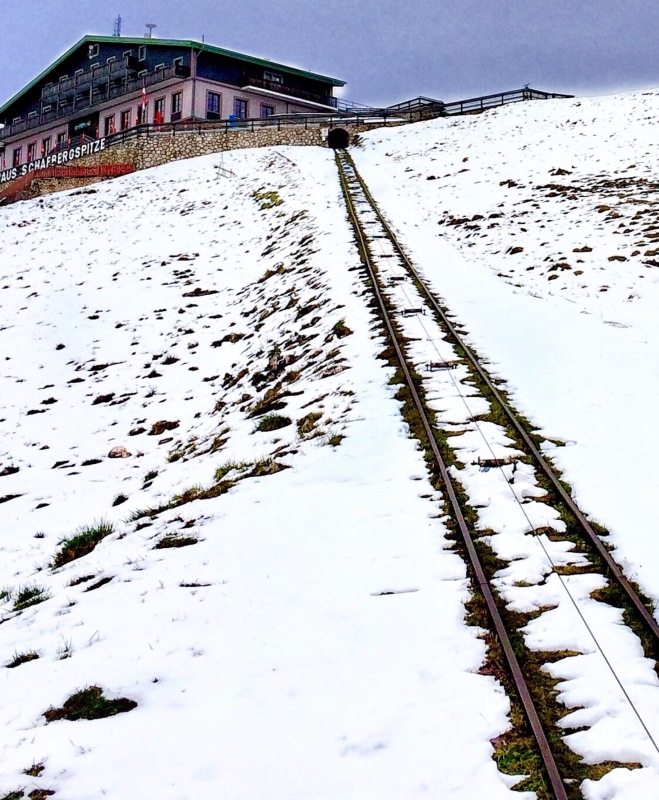
Once at the summit, it feels like you are on the top of the world.
Visitors are greeted by incomparable 360 degree views across the majesty of the Alps and their many glacial lakes.
If you want to soak up more of the views and watch the sun set between rugged mountain peaks, the summit boasts a hotel called Schafbergspitze – commonly known as the ‘hotel in the clouds’ – which has operated through the summer months since 1862.
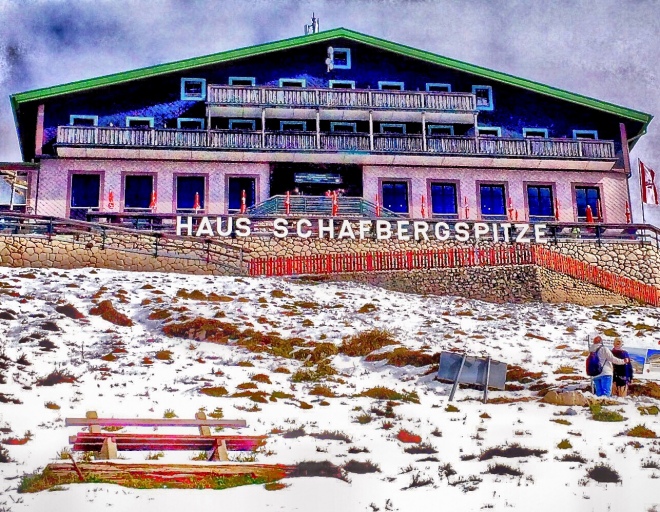
Here you can sip wine and watch one of nature’s most stunning shows – the sun setting through the alpine mountain peaks.
Rays of golden light bounce from one snow-capped Alp to another, glinting off the lakes far below and highlighting the birds gliding well down the slopes.
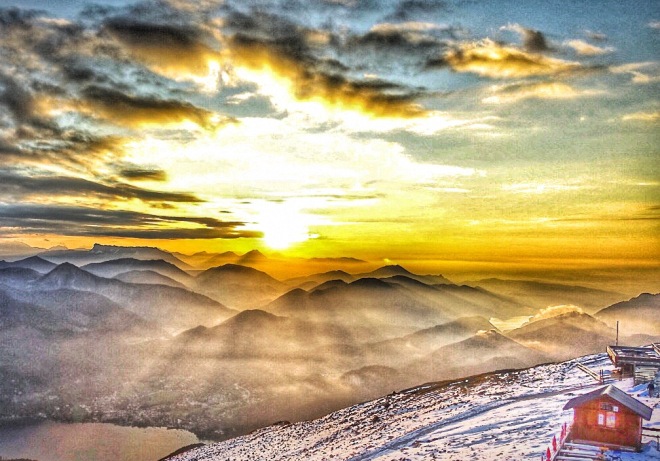
Hotel Schafbergspitz boasts a a bar perched high on an adjoining mountaintop and, at the very peak of the area, a wooden cross stands as a reminder of the dangers of venturing too close to the edge.
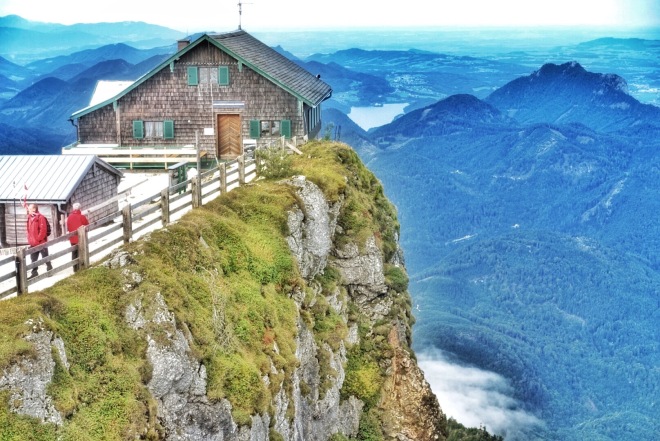
Schafberg Mountain with its steam train and hotel is located at Wolfgangsee lake in the Austrian Alps. It is about an hour’s drive from the city of Salzberg.
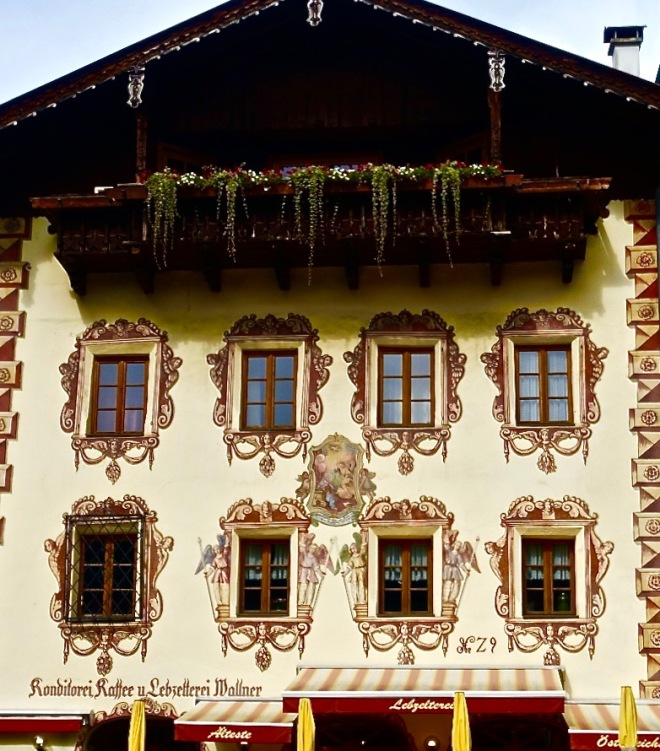
There is also ample accommodation in Sant Wolfgang am Wolfgangsee or you can do as we did: stay in another of the small nearby villages, to truly experience Austrian alpine culture and communities.
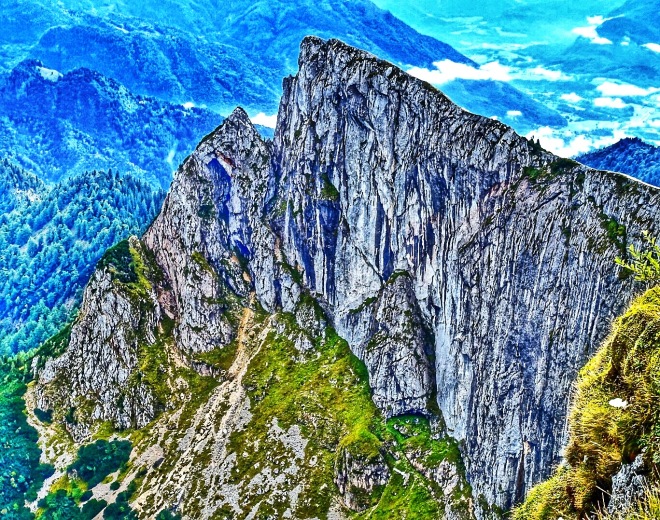
Regardless of how you do it, the Schafberg Mountain is an experience of a lifetime that you will never forget or regret.



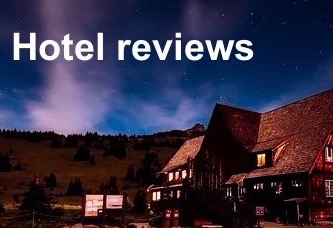



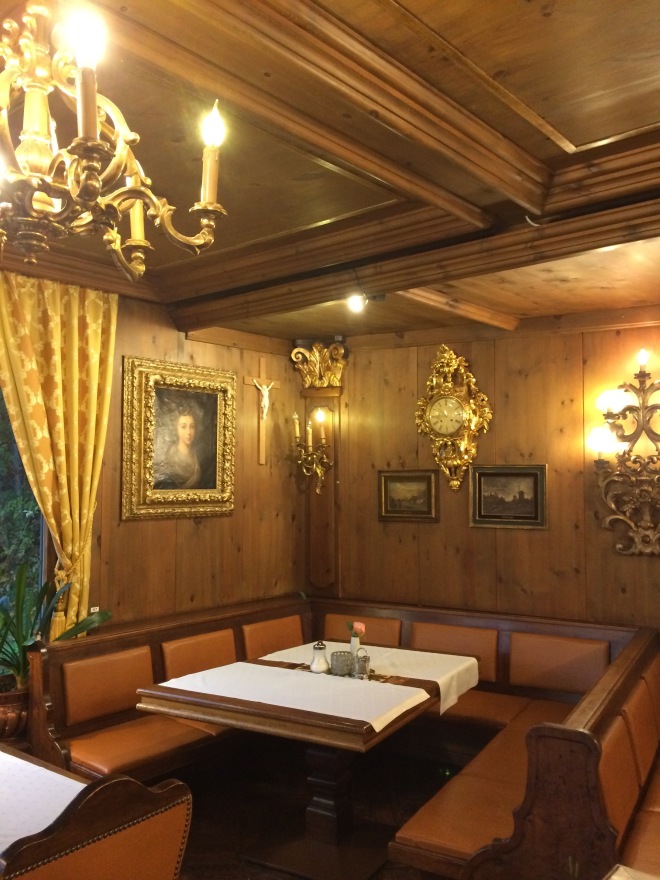

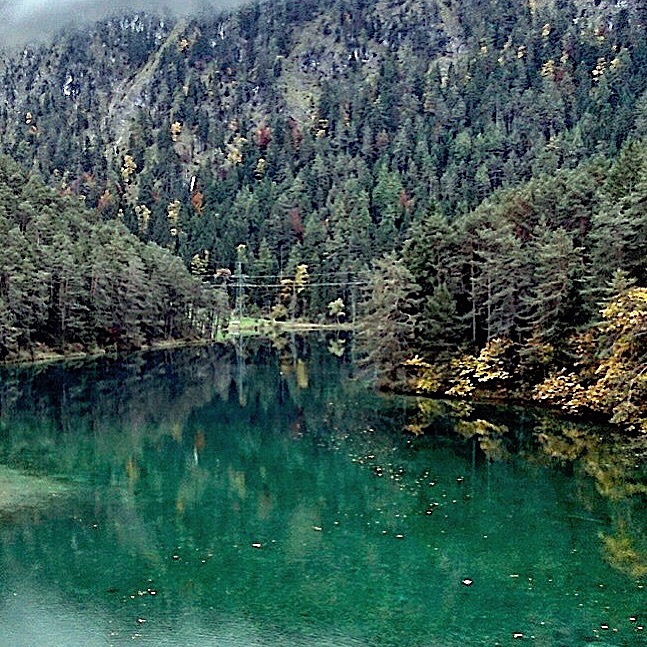

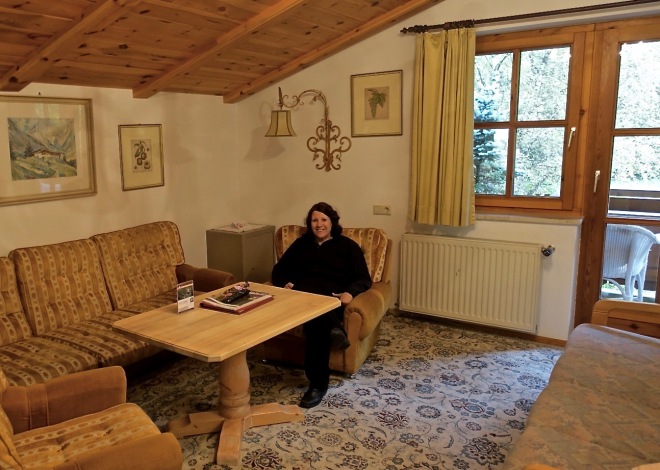
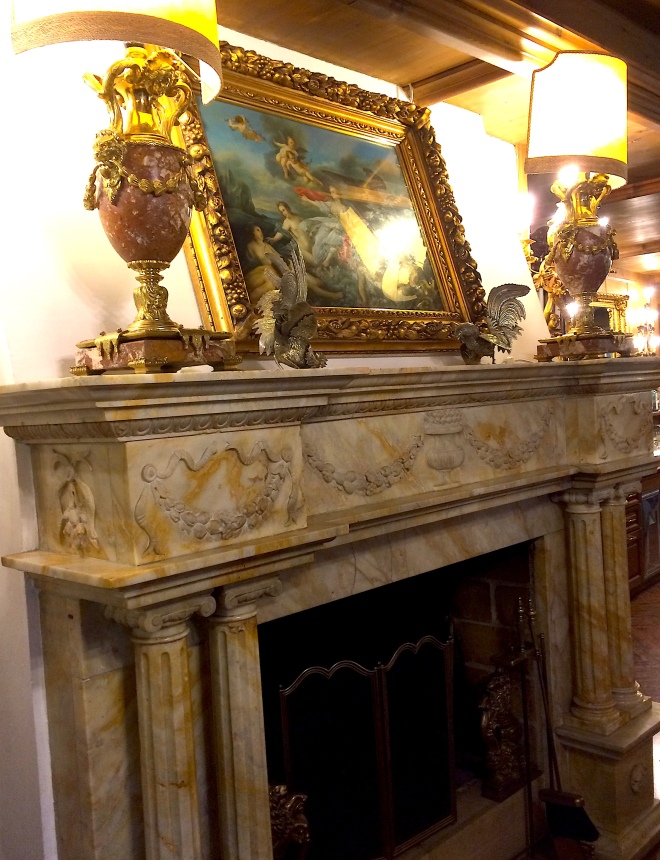

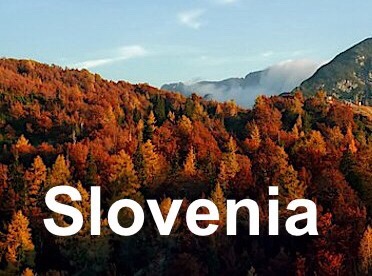 Apparently, the Lipizzaner’s ancestors can be traced to 800AD – a cross between local Karst breeds beloved by the Romans for chariot racing and Berber horses from Spain.
Apparently, the Lipizzaner’s ancestors can be traced to 800AD – a cross between local Karst breeds beloved by the Romans for chariot racing and Berber horses from Spain.
